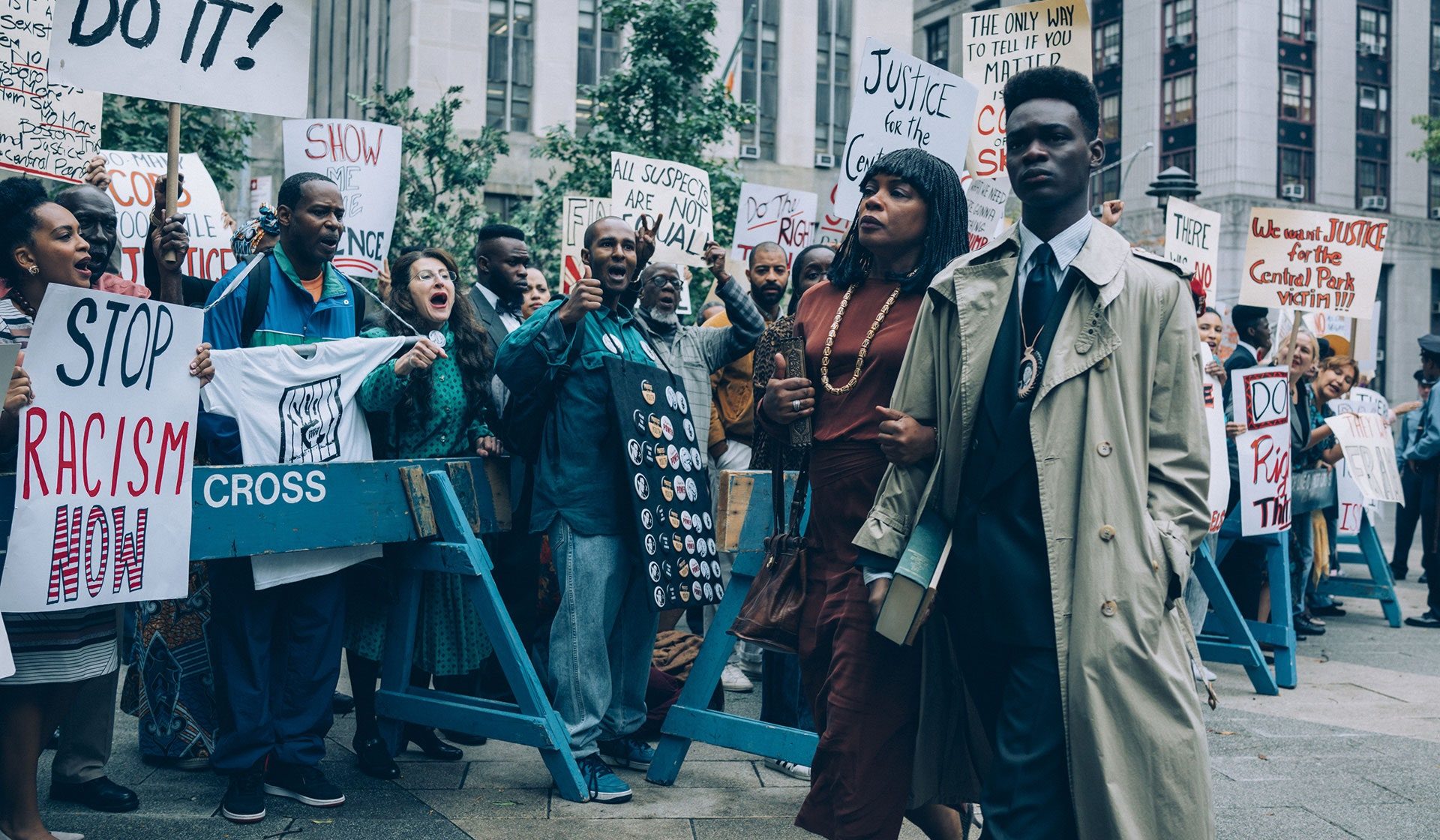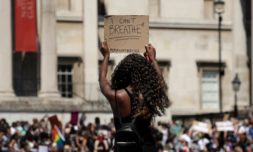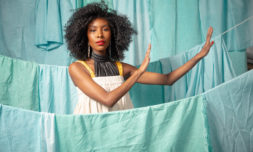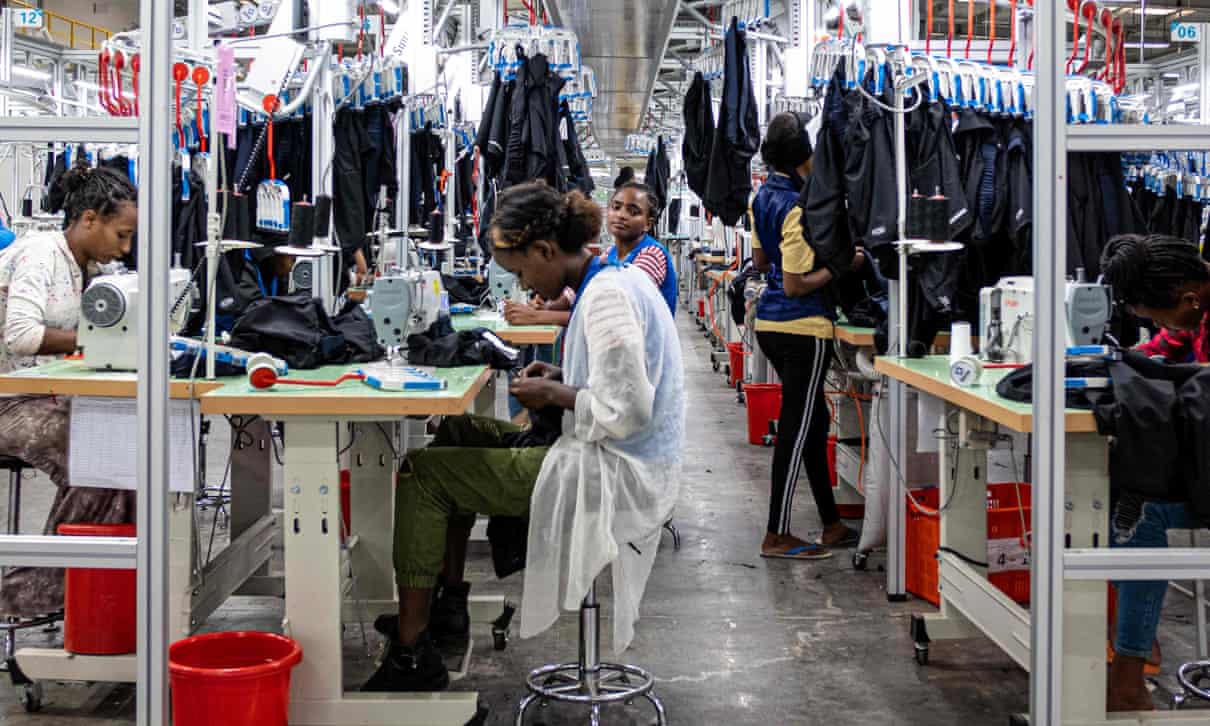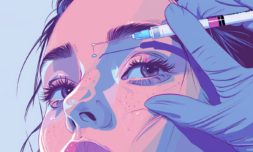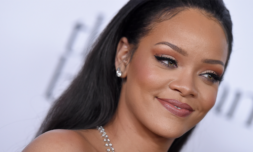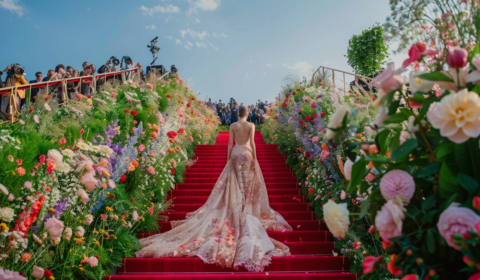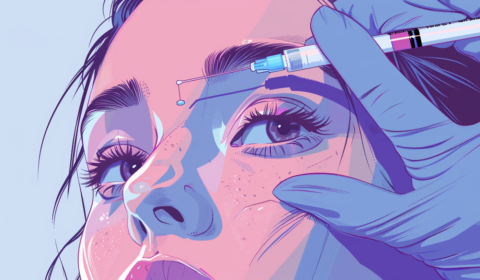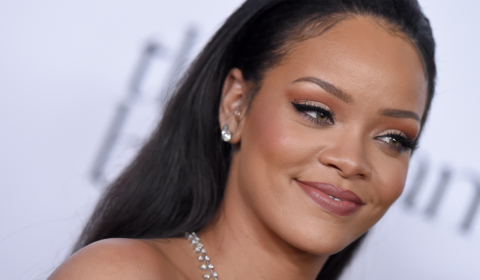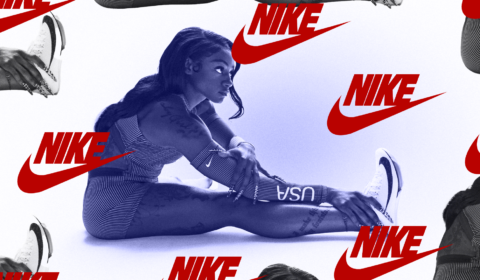Fashion’s reckoning with racism forces brands into making long overdue plans of diversification.
For too long, the fashion industry has made huge profits from the exploitation of Black people. Despite this, many brands have been quick to jump on the bandwagon since the killing of George Floyd, standing in solidarity with the BLM movement. Although sizeable donations and the use of influential platforms to spread awareness is of course invaluable in these circumstances, fashion’s internal systemic racism runs much deeper than statements outlining plans to diversify can ever resolve.
As conversations surrounding racism continue to occupy the globe, the last week has seen an influx of former and current employees at some of the biggest names in fashion, including Refinery 29, Vogue, and The Cut, speak up about issues of mistreatment. This has been quickly followed by a wave of upheaval and – in some cases, resignations – at many of these institutions.
On Wednesday, Anna Wintour, the industry’s most renowned pillar, formally apologised for her own past missteps, which ranged from publishing racially hurtful and intolerant content to a lack of interest in elevating Black voices at Vogue. ‘I take full responsibility,’ she wrote, calling for this to be a ‘time of listening, reflection, and humility for those of us in positions of privilege and authority. It should also be a time of action and commitments.’
It is likely that this will not, however, be the simple abscondment that Wintour perhaps hoped for. Vogue’s flawed, discriminatory culture has been the subject of much controversy over the years, with many BAME individuals expressing disappointment that only now is it being confronted. ‘My time at the magazine was the most challenging and miserable experience during the entirety of my career,’ tweeted Shelby Ivey Christie, who worked as a media planner for Condé Nast in 2016. ‘The bullying and testing from white counterparts, the completely thankless work, the terrible base pay, and the racism was exhausting.’
I was recruited to conde. I had already held a previous media role at one of the world’s largest media agencies + worked for 3 other publications prior
My white counterparts had no prior relevant experience, just nepotism. Black employees were overqualified + underpaid
— Shelby Ivey Christie (@bronze_bombSHEL) June 9, 2020
But despite extensive speculations that Wintour would be giving up her post as editor-in-chief, rumours were quelled and the mogul is (I regret to say, unsurprisingly) set to retain her position at the helm of the fashion empire. Her critics rapidly took to social media to communicate their disdain. ‘Wintour is a colonial dame. She’s part of an environment of colonialism,’ said André Leon Talley in an interview. ‘She’s entitled and I do not think she will ever let anything get in the way of her white privilege.’
What this brings to light is an inherent reluctance from the industry to truly change. To express an intention to make diversity a priority is one thing, but to genuinely act on it is another. Though within the last decade brands have appeared to embrace diversity, hiring Black employees and supposedly nipping racist conduct in the bud, below the surface there exists a very clear ulterior motive. Brands, in their desperation to appeal to ‘woke’ consumers, have promoted themselves as progressive, simply on the grounds of hiring Black staff which, ultimately, is the bare minimum. And, unfortunately, it doesn’t stop there.
According to Jenae Green, a freelance event consultant who worked at Marie Claire, brands very rarely provide Black people with any path to growth, giving them the lowest positions as part of a hidden agenda to seem inclusive when, in reality, it’s just another marketing stunt.
‘Retention is 100% less of a focus than hiring,’ she explains. ‘These companies meet their diversity quotas, which are often set incredibly low, by getting Black people into these assistant positions. Oftentimes when I’ve been at a company, the Black employees are in these entry-level roles, and they just stay there, while white employees are promoted around them. A company might say they hire Black people, but look at the VP level numbers. That’s where Black employees drop off.’
@R29Stories it's honestly so validating to see everyone coming out and telling their stories. I honestly thought I was so crazy for so long.
— Nnekaxoxo (@Nnekaxoxo) June 15, 2020
@R29Stories is the Twitter profile – one of many like it – that’s been chronicling instances of this at Refinery29, sharing testimonies of BAME men and women who’ve been neglected by leadership with little-to-no help from anyone with decision-making power at the company.
It’s through these profiles that Black employees have been able to anonymously air their grievances to the world, holding the fashion industry accountable for its unacceptable behaviour up until this point.
Forming after the protests began, these communities have already forced changes with Christine Barbaric (editor-in-chief at Refinery29), Jen Gotch (Ban.do’s creative officer), and Yael Aflalo (founder of Reformation), a few of the big names that have stepped down since.
‘I am resigning as CEO, effective immediately,’ said Aflalo in a statement on Reformation’s website last Friday. ‘It’s clear to me that I am not the right person to lead a business of Reformation’s size and scope anymore, especially because I feel as though I have failed the Black community.’
Outside of these groups, the famously industry-critical Instagram page @diet_prada has spared no effort in provoking emotion and politicised indignation towards the tightly marshalled spaces traditionally occupied by fashion. In what has fast become a very public, modern-day version of the stocks, brands that obsessively police negative comments and heavily curate their image can only watch in perturbation as they are ruthlessly exposed for their racist wrongdoings by the account.
And oh how many wrongdoings there are. From Moschino to Versace, Zara to Anthropologie – all accused of having secret, discriminatory practises like code names to profile POC shoppers – retailers are finally being held up for ridicule and the public is calling for their boycotting. What’s most alarming, is that these are the exact same brands that rushed to fill their feeds with messages of support when Floyd was brutally murdered at the hands of an American policeman.
https://www.instagram.com/p/CBRy4AZHIWj/









